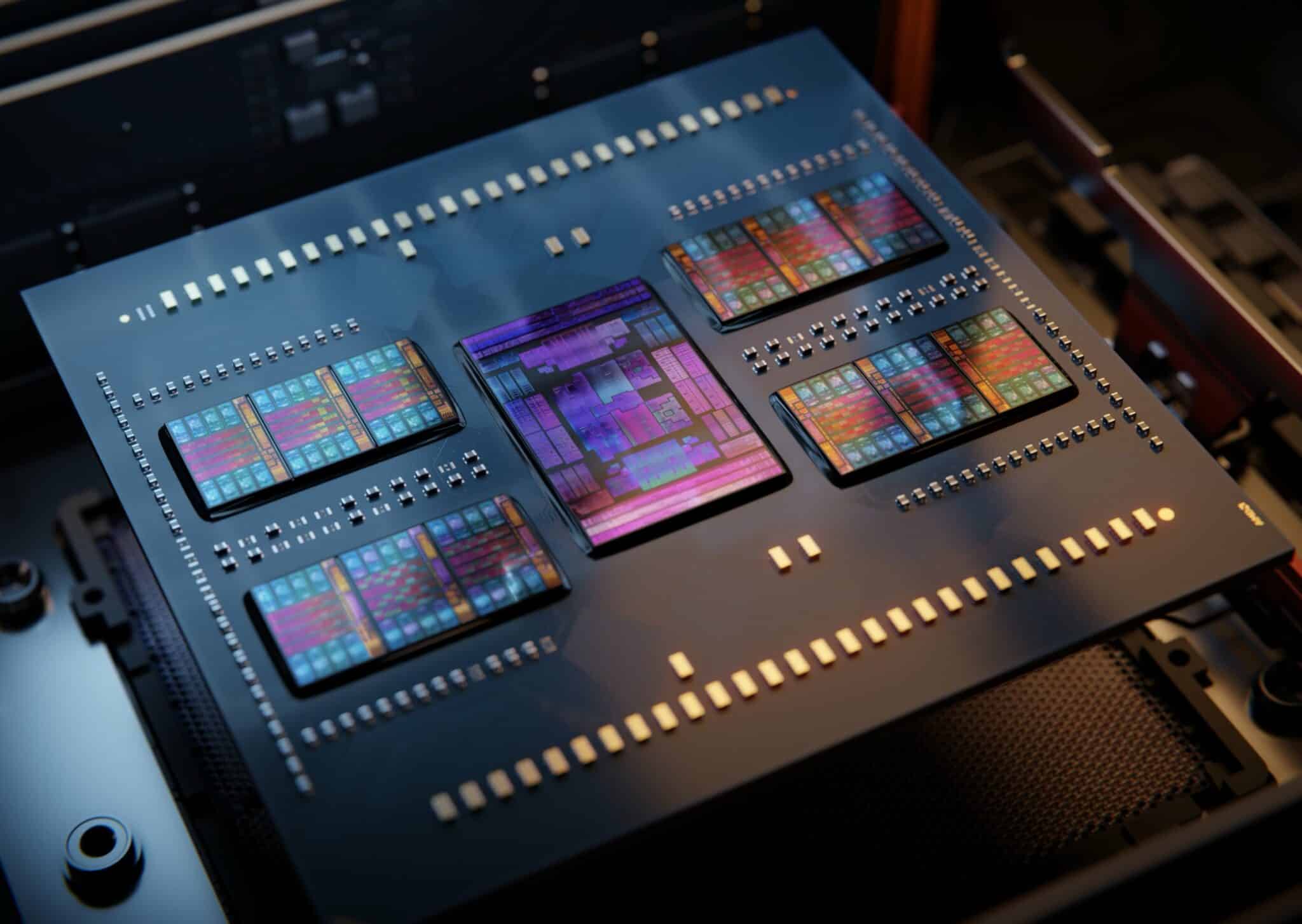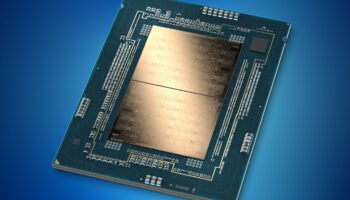Intel and AMD have been the defacto processor manufacturing/design firms for more than 50 years now. Although both use the x86 ISA to power their chips, their approach to CPU design has taken completely different paths over the last decade or so. Things started to change after AMD spun off Global Foundries as a separate unit and started relying on TSMC for its supply of chips.
The Bulldozer debacle left Team Red in a precarious situation. It needed a low-cost solution to compete with Intel’s much more advanced architectures. The result was Zen. Leveraging a chiplet or MCM (multi-chip module) architecture, the Ryzen processors marked a radical shift in the PC and chipmaking industry as a whole.
The 1st Gen Ryzen architecture was relatively simple: An SoC design with everything from cores to I/O and controllers on the same die. The CCX concept was introduced, wherein CPU cores were grouped into four-core units and combined using the Infinity Cache. Two quad-core CCXs formed a die.
It’s important to note that even though the CCXs were introduced, the consumer Ryzen chips were still monolithic single-die designs. Furthermore, although the L3 cache was shared across all the cores in a CCX, each had its own slice. Accessing the last level cache (LLC) of another was relatively slower, even more so if it was on the other CCX. This caused poor performance in latency-sensitive applications like gaming.
Things largely remained the same with Zen+ (-node shrink), but Zen 2 was a major upgrade. It was the first chiplet-based design for consumer CPUs featuring two compute dies or CCDs and one I/O die. AMD added a second CCD on the Ryzen 9 parts for core counts never seen before on the consumer front.
The 16MB L3 cache was more accessible (read: faster) for all the cores on the CCX, greatly improving gaming performance. The I/O die was separated, and the Infinity Fabric was upgraded. At this point, AMD was slightly slower in gaming but offered superior content creation performance than rival Intel Core chips.
Zen 3 further refined the chiplet design, eliminating the CCX and merging the eight cores and 32MB cache into one unified CCD. This drastically reduced cache latency and simplified the memory sub-system. For the first time, AMD’s Ryzen processors offered better gaming performance than archrival Intel’s. Zen 4 makes no notable changes to the CCD design other than making them smaller.
Intel: Monolithic for Now, Tiles Coming Soon
Continued on the next page…






